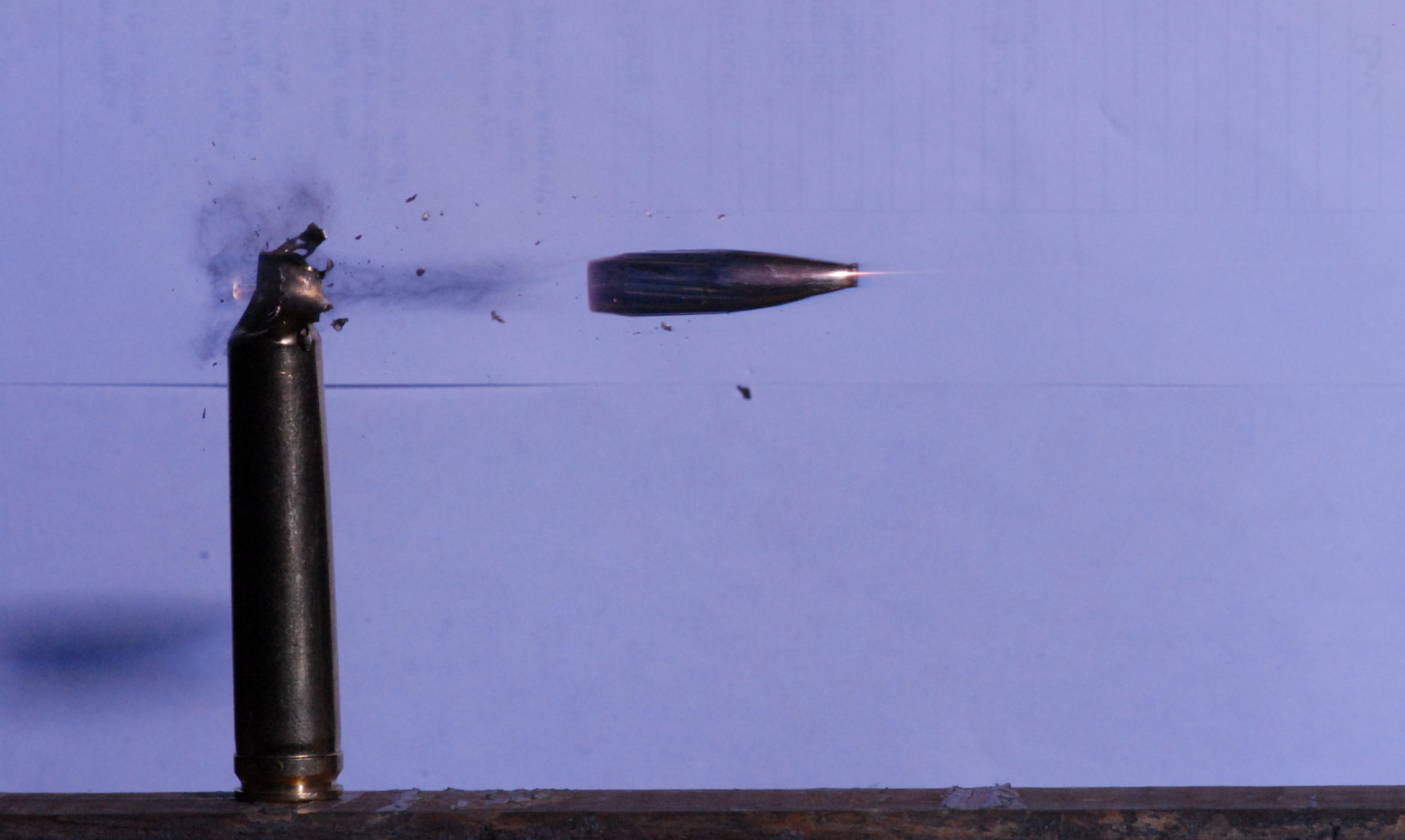If you have read the previous article you will know that I pressed the receiver on the barrel, and I mentioned there were some issues. Here’s the the problem and what I ended up doing to fix it. Hopefully you won’t run into this on your build but if you do, hopefully you are able to avoid the pitfalls I ran into.
When I pressed the receiver onto the barrel I had installed the bolt, the locking lugs, and the Go Headspace gage. What I didn’t realize is that the lugs we not fully locked. This resulted pressing in the barrel too deep. When the bolt was closed the locking lugs dropped but only about 1/16″ of an inch. The issue became apparent when I installed the bolt carrier. It would not close all the way.

I don’t have any dykem on hand, so I used a sharpie to check the lug engagement. At this point my assumption was that reason the bolt was not closing all the way, was the locking lugs we not dropping into place.

At the time it seem reasonably that only a little material needed to be removed from the receiver to get the lugs to fully drop into place. I had hoped that a little polishing would be all it would take to resolve the issue.

I worked the stone across the contact points regularly checking my progress. There was no change. So I did the next logical thing, got a better abrasive to remove material a little faster.

I carefully ran a few swipes across the receiver. I wanted to remove as little material as possible and get the action to close. There was no progress made. At this point I stepped back and reassessed what I was doing. Once the material is removed, it is very hard to put back. With this receiver costing ~$440 I didn’t want to risk permanently damaging the receiver.
I slowly worked the bolt back and forth and tried to determine where the hold up was. Well I figured it out, and it had nothing to do with the locking lugs. The bolt face was making contact with the breech of the barrel bringing the whole assembly to a stop. Yes, we could insert the headspace gages and we would find that the Go Gage slipped in, and the No-Go gage set the bolt back a little preventing the lugs from dropping at all.
There was only one way to fix this. I had to slowly press the barrel back until the distance was correct. This was the one thing I did not really want to do. I did not have a good way to press that barrel out. What I ended up coming up with, I’m not proud of, but remember, I am doing this build for myself and not for anyone else.

Slowly applied pressure until I was able to observe the barrel move, took it out of the fixture and check the action.


Luckily my approach worked and by pushing the barrel out I was able to resolve the issue. The issue was never with the locking lugs and I regretted filing on the receiver. However I checked the action, and when a Go gage is inserted the action is tight with no play. I am confident that my ill advised attempt to stone/file down the lugs did not do any lasting damage.

Since I altered the lugs in the receiver I checked to see how evenly the contact was between the left and right lug. Again I used a Sharpie to mark up the lug and check for wear.

In this case I stoned the left lug to bring it down and allow the right lug to make better contact with the receiver. The even support between lugs will equalize stress on the receiver and the lugs which will help reduce wear. I suspect these components will wear together and be mated during the “Break In Period” still I wanted to see if I could get it a little closer.

I felt that I was able to make a bit of a difference. Plus I was able to polish up the surface, and hopefully that will reduce the potential for galling.
As I stated when I began this write up. This isn’t the ideal thing to do, had I not made the mistake that I did, we could have skipped all this together. However since I made the mistake, I suspect that others may too. This is how I corrected it.
